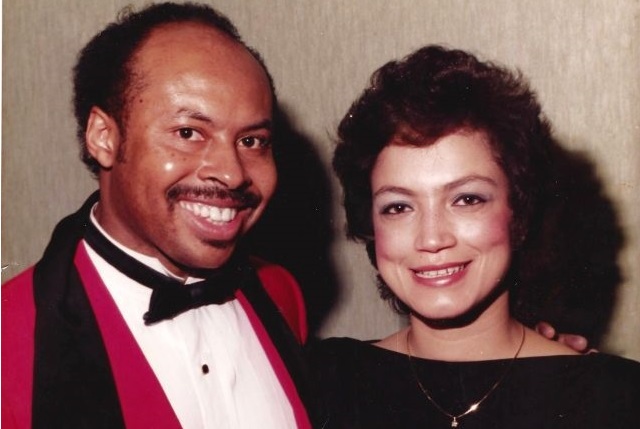
Social determinants of health include many factors. In these readings we have discovered that one’s residence directly relates to one’s physical and mental health outcomes. To see this more clearly, we were given a brief history of urban planning as well as a snapshot on contemporary urban development. It seems expedient to promote equality in health through equality in quality housing; however, the underlying strategies remain incredibly challenging. In spite of the many changes since the segregation practices of a Jim Crow era, every step forward that breaks barriers results in two steps back in creating political fodder. A cynical view of the government in the United States pits some municipalities as the model for what not to do or rather the model for what to improve on. Is there a major difference between progress and evolution?
The answer is plainly yes. The society that drives personkind today is far from the days when townsfolk lived among livestock with the smell of manure permeating throughout the city and epidemic cycles devastating entire communities. Privilege can be described as having the luxury of not needing to consider various aspects on necessities for living, for the access to those resources are trivial. How lucky is someone who has been born into a rich suburb? How lucky is a member of the urban sprawling community? Regardless of a governmental pressure requiring health safe living spaces, how unlucky is an individual who grows up in a densely populated urban region?
With a governmental regulation that protects individuals from living in insect infested apartment buildings, streets overwhelmed with waste and pollution, it would not be accurate to say that individuals in dense urban areas are not burdened by these factors. Having social justice networks and advocacy groups for reforms proves this point. There would be no need for organizations developed by the people, for the people, if the governmental regulations entirely mitigated the health threats. What is clear from these readings is that a person’s home is inextricably connected to their health outcomes.
Corburn’s piece, takes us through over a century of developments evolutions and reforms to neighborhoods, urban plans, and public zoning. These areas of focus, all related to health, end up as a series of hotly topic areas. The moment the government decides to care about a particular issue and create measures for intervention is the moment new opposing ideas emerge. Suddenly there is a resource to allocate, there is a new law to interpret. Suddenly there is a new method for categorization. Historically, categorization extending to groups of individuals at large becomes a way for racialization to occur.
In addition, long term strategies for some of the most serious issues facing the planet on an existential level from a scientific view are yet to manifest. Corburn repeated the rhyme many times, “the solution to pollution is dilution,” which seems to suggest that instead of reducing carbon footprints, saving the health of the planet, societies commute the pollutants to other locations. If this is the strategy addressing a major scientific concern, then what kind of assistance should a young black kid living in inner city Milwaukee hope for?
My late father grew up in Milwaukee. He had many experiences that in the aggregate, can only be described as racism. Today I offer more of a steel man argument against racialization. Perhaps his experiences related to social engagements was more related to the social discourse of the time and not any inherent hatred.
My father was lucky for the education that he had, and the family that he grew up in. Perhaps he was literally fortunate for the exact house that he lived in. Had he lived two houses over to the right or two houses over to the left it’s not certain he would have had as fruitful of a life as he did; and, for that reason, I consider myself lucky. We know, by reviewing data, those who live in large urban communities have a harder road from a public health perspective. Renters are at odds with landlords over structural issues; from broken radiators to crooked staircases, to unkept walkways. Neighborhoods unsafe after dark, zoned for nearby liquor stores, with high recidivism rates, but no nearby banks or schools. No nearby hospitals…. If no physical burden presents itself certainly a mental burden exists. Growing up one neighborhood to the left or one neighborhood to the right could change your life, could make your life longer, happier, and pain free.
